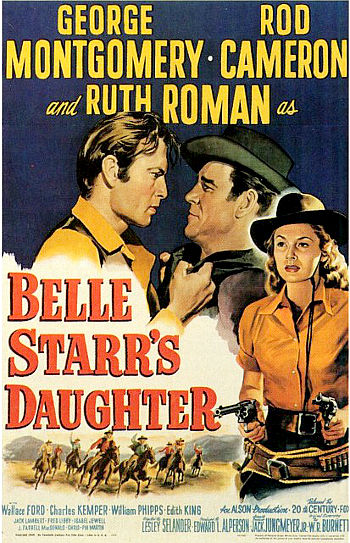As I noted in my review of Heinlein's novel METHUSELAH'S CHILDREN, it stands as a crossover not for being part of the so called "Future History" of the author, but because Heinlein included another character, "Slipstick" Libby, as a support-character to main star Lazarus Long. Libby had been the star of just one short story, "Misfit."
This brings up an interesting point about crossover functions. It appears that Libby only appeared as an on-stage character in the novel and the short story; in the first as a subordinate icon and in the second as a superordinate icon. Since there's no question of one mode dominating the other numerically, which one determines Libby's overall status?
Going by the argument I made in QUICK CROSSOVER CORRECTION, Libby possessed stature by virtue of being the star of "Misfit," and this confers him on a level of Qualitative Escalation that "outranks" his subordinate status in CHILDREN. But I don't necessarily think that would be the case if, say, Libby had appeared in many stories in a subordinate role to Long or to other superordinate characters. In DOMINANT PRIMES AND SUBS I've noted that the Joker's appearance as a superordinate icon in a handful of stories does not overrule his dominant subordinate status.
The novel also includes a null-crossover, in that Long mentions having conversed with Hugo Pinero, the star of "Life-Line," the author's first published short story.





